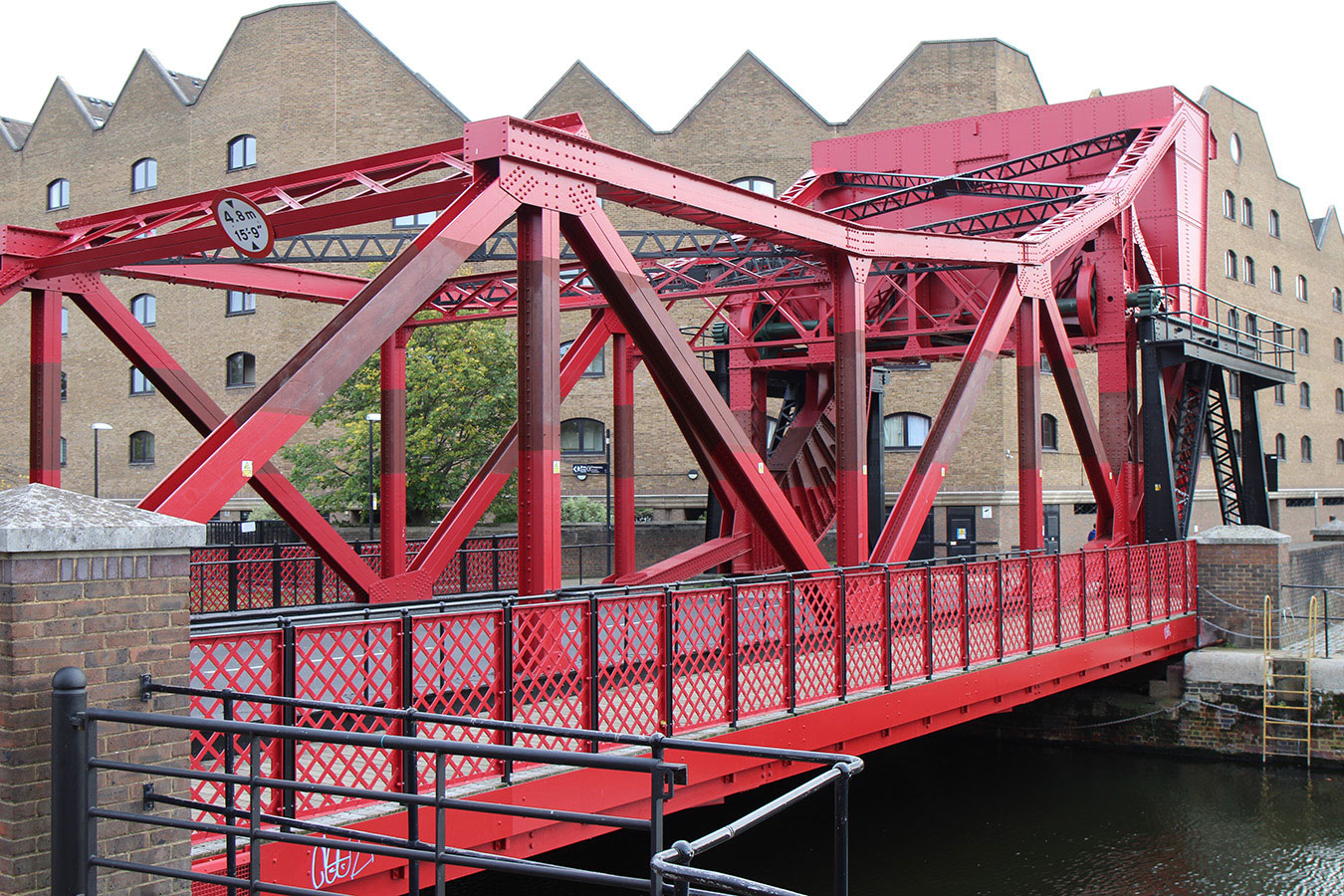Fluoropolymer coating was first developed and used in the 1940s for industrial applications, such as protecting surfaces from corrosion and chemical exposure. In the 1950s, they were introduced to the construction industry as a means of protecting metal roofing and siding. These early coatings were applied as a liquid, and while they did provide some protection, they were not as durable as today’s coatings.
Fluoropolymers are popular for protecting buildings and other structures from the elements. These coatings provide a durable and long-lasting barrier against water, UV radiation, and other environmental factors that can cause damage over time. The use of fluoropolymer has evolved over the years, with new technologies and formulations being developed to improve performance and address specific application needs.
Early Fluoropolymer:
Fluoropolymers have been used for building protection since the 1950s. The first generation of these coatings was based on polyvinylidene fluoride (PVDF) resin, which was known for its excellent weathering resistance and durability. These early coatings were typically applied as a thick film and required a long curing time. They also had a tendency to yellow and lose gloss over time, which limited their use in certain applications.
Advances in Resin Technology:
In the 1970s, advances in resin technology led to the development of second-generation fluoropolymers. These coatings were based on a new type of PVDF resin that was formulated to be more resistant to yellowing and loss of gloss. They also had improved resistance to solvents and chemicals, making them more versatile for use in industrial and commercial applications.
The emergence of third-generation coatings in the 1980s marked a significant step forward in fluoropolymer technology. These coatings were based on a new type of PVDF resin that was specifically formulated for architectural applications. They had improved color retention, better gloss retention, and a wider range of colors available. These coatings could be applied in thinner films, which reduced curing time and improved the overall performance of the coatings.
Recent Developments:
Recent developments in fluoropolymer technology have led to the development of fourth-generation coatings. These coatings are based on a new type of PVDF resin specifically formulated for harsh environments. They have improved resistance to UV radiation and extreme temperatures, making them suitable for use in tropical and desert climates. They also have improved resistance to abrasion and chemicals, making them suitable for use in industrial and commercial applications.
In addition to these developments in PVDF-based coatings, there have been recent advancements in other types of fluoropolymer as well, such as Fluoroethylene Vinyl Ether (FEVE) and Polytetrafluoroethylene (PTFE) based coatings. These coatings have improved chemical resistance, high-temperature resistance, and excellent weathering resistance. They also have a longer lifespan and maintain the aesthetic appeal of the building for a longer time.
Conclusion:
The evolution of fluoropolymer for buildings has been driven by advances in resin technology and the need to address specific application needs. From the early days of thick, glossy coatings to the recent developments of advanced coatings for harsh environments, fluoropolymer coatings have proven to be a durable and long-lasting solution for protecting buildings and other structures from the elements. With continued research and development, we can expect to see even more advanced and specialized coatings in the future.


